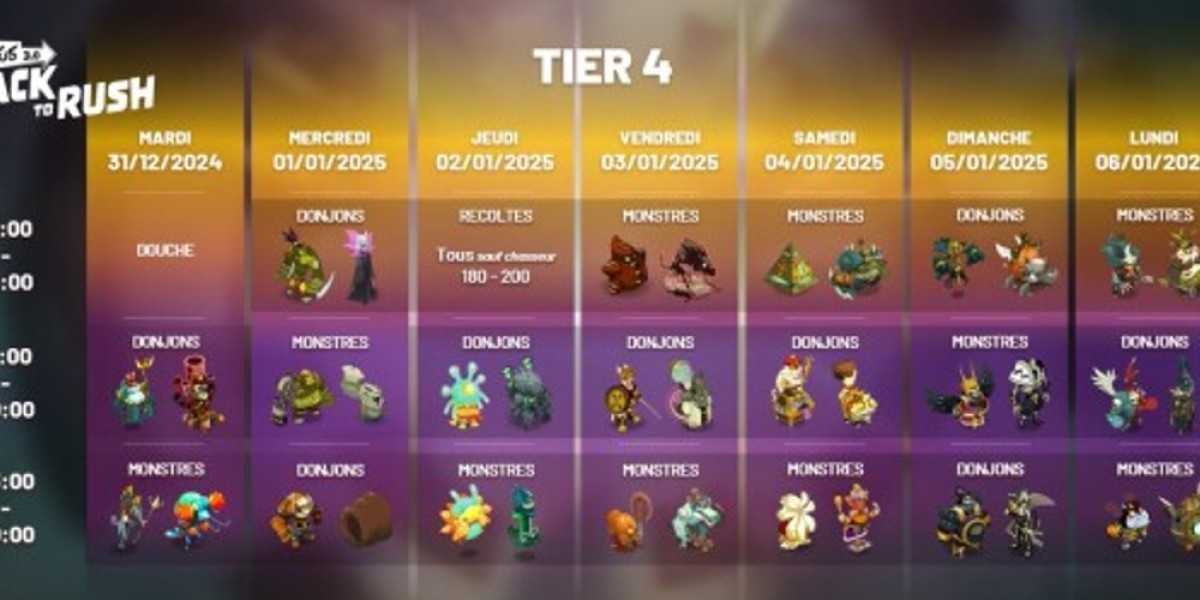Introduction
In today’s fast-moving digital world, traditional business cards are evolving. As more professionals and companies look for smarter, more interactive tools to connect with others, NFC business cards have entered the scene. These high-tech alternatives to paper cards are sleek, reusable, and offer a deeper way to engage. But one of the most exciting questions people often ask is: Can NFC business cards track analytics or engagement? The short answer is yes — but there’s a lot more behind that simple response.
What Are NFC Business Cards?
NFC stands for Near Field Communication. It’s the same technology used in contactless payment systems, like tapping your credit card at a store. When this feature is embedded into a business card, it becomes much more than a piece of cardboard with your name on it. Instead, it can instantly share your contact information, portfolio, website, or social media with just a tap on a compatible smartphone.
An NFC business card looks like any sleek plastic or digital card, but hidden inside is a tiny chip that stores data. With a simple touch, it bridges the physical and digital worlds, making it easier than ever to network on the go.
How Do NFC Business Cards Work?
When someone taps their smartphone against your NFC-enabled card, it triggers a response from the chip embedded in the card. This response is typically a URL that opens on the phone’s browser. That URL might take them to your professional profile, LinkedIn page, booking system, or custom-designed landing page.
Because the interaction is digital, it opens the door to possibilities far beyond what paper can offer. You’re no longer limited to the space on a card. Instead, your audience gets to experience a fully interactive connection, and here’s where analytics and engagement come into play.
The Concept of Analytics and Engagement
Analytics in a digital context simply refers to the measurement of how users interact with content. It could mean tracking the number of views a webpage receives, how long someone stays on the page, or what buttons they click. Engagement goes a bit deeper and focuses on how involved or active users are — whether they contact you, follow your social profiles, or request services.
In other words, while analytics show you the “what,” engagement tells you the “how” and “why.” For professionals using NFC business cards, being able to track both means having a better idea of how effective your card actually is.
Can NFC Business Cards Track Analytics?
Yes, but with a little clarification. The NFC chip itself doesn’t store analytics data. Instead, it acts like a trigger. When someone taps your NFC card and opens a link — say, to your personal website — you can track that action through the platform where the link leads.
For example, if your NFC card links to a digital profile hosted by a company that provides analytics, you can log in and see how many people tapped your card, what time they did it, and even what region they were in. If the card leads to a page that you manage, like a personal website, integrating tools like Google Analytics can show you detailed insights about the traffic generated.
So, while the card itself doesn’t do the tracking, it’s the gateway to systems that do. This setup allows you to collect valuable data every time your card is used, giving you a behind-the-scenes look at your networking success.
What Kind of Data Can Be Collected?
Depending on the service you’re using or how your digital profile is set up, NFC business cards can help collect a range of metrics. This includes the number of taps, dates and times of interaction, general location (like city or country), and device types. Some systems also show bounce rates, time spent on the page, or how many people clicked on a specific button, such as a call-to-action or “Book Now” link.
If your card links to social platforms or booking systems, you might even track how many people followed you or scheduled a meeting after tapping your card. This paints a full picture of how engaged your audience is — not just that they saw your info, but that they acted on it.
How This Helps Businesses and Professionals
This kind of data offers enormous advantages, especially for salespeople, entrepreneurs, freelancers, and business owners. Instead of blindly handing out cards and hoping for the best, you get real feedback. You can measure what’s working and what’s not.
Maybe you find out that your card gets more engagement when shared at events than in one-on-one meetings. Or perhaps certain CTAs (calls to action) get more clicks. With that knowledge, you can adjust your landing page, refine your message, or even personalize how you interact with different audiences.
It turns simple networking into a strategic, data-driven activity. And in today’s world, that edge can make all the difference.
Limitations of NFC Analytics
Despite all these advantages, NFC business cards and their analytics aren’t perfect. One of the main limitations is that if the recipient doesn’t tap your card or disables NFC on their phone, the whole interaction is missed. Also, privacy settings on certain devices or browsers can limit the amount of data that’s collected, meaning you might not always get the full picture.
In addition, some of the analytics platforms only show basic insights unless you upgrade to a premium version. And while the data can be incredibly useful, it still requires you to interpret it and make decisions accordingly. The card can guide you, but it won’t close a deal on its own — that’s still up to your communication and value proposition.
The Future of NFC Cards and Engagement Tracking
The future of NFC business cards looks bright. As AI and machine learning continue to evolve, the tracking features are only going to become more detailed and useful. Imagine smart dashboards that not only show who tapped your card, but also suggest the best time to follow up or highlight patterns in how people engage with your content.
We’re also likely to see deeper integration with CRM systems, meaning that every tap could automatically create a new lead in your sales funnel. And as people become more comfortable with digital interactions, the idea of tracking engagement through something as simple as a card tap will feel completely natural.
Some companies are even exploring using augmented reality or personalized video messages triggered by NFC cards. These interactive touches can further boost engagement and help you stand out in a crowded market.
Final Thoughts
So, can NFC business cards track analytics or engagement? Yes — and that’s what makes them so powerful. They transform a simple introduction into a measurable, interactive experience. While the card itself doesn’t store data, it opens the door to platforms that do, giving you real-time insights into your networking efforts.
As more professionals look for ways to stand out and understand their audience better, NFC business cards are proving to be more than just a techy gimmick. They’re a smart, forward-thinking tool that brings data and personality into the world of first impressions.
Whether you're an entrepreneur, a freelancer, or a seasoned executive, using NFC technology to track engagement means you're not just handing out a card — you’re starting a conversation backed by insight. And in the world of business, that can be the key to building stronger, smarter relationships.







